
Global weather writer/meteorologist for @washingtonpost | Weather and climate analysis and visuals | #HudsonValley snow days
How to get URL link on X (Twitter) App

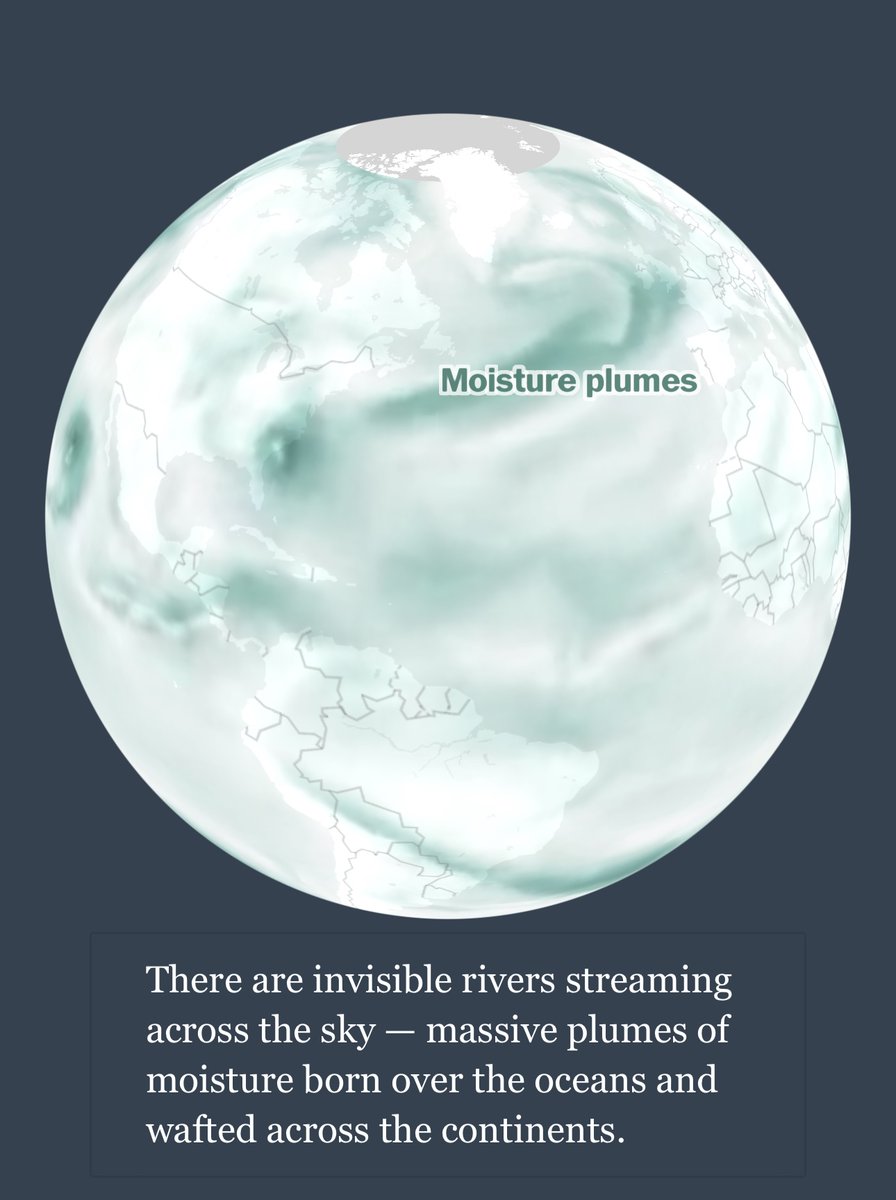


 A La Niña-like pattern will be in place as winter approaches.
A La Niña-like pattern will be in place as winter approaches.
 Corridors of unusually high atmospheric moisture have developed near areas of much warmer than average oceans — which happen to be located near densely populated parts of the Northern Hemisphere.
Corridors of unusually high atmospheric moisture have developed near areas of much warmer than average oceans — which happen to be located near densely populated parts of the Northern Hemisphere. 


 A big global story is how warm the oceans are, especially in the Northern Hemisphere.
A big global story is how warm the oceans are, especially in the Northern Hemisphere.
 Nights during June were very unusually warm.
Nights during June were very unusually warm.

 Behind the extreme humidity is an air mass that took a winding, week-long, 4,000-mile journey northward from the Caribbean islands to the Northeast, bringing tropical weather to people that live far from the tropics.
Behind the extreme humidity is an air mass that took a winding, week-long, 4,000-mile journey northward from the Caribbean islands to the Northeast, bringing tropical weather to people that live far from the tropics. 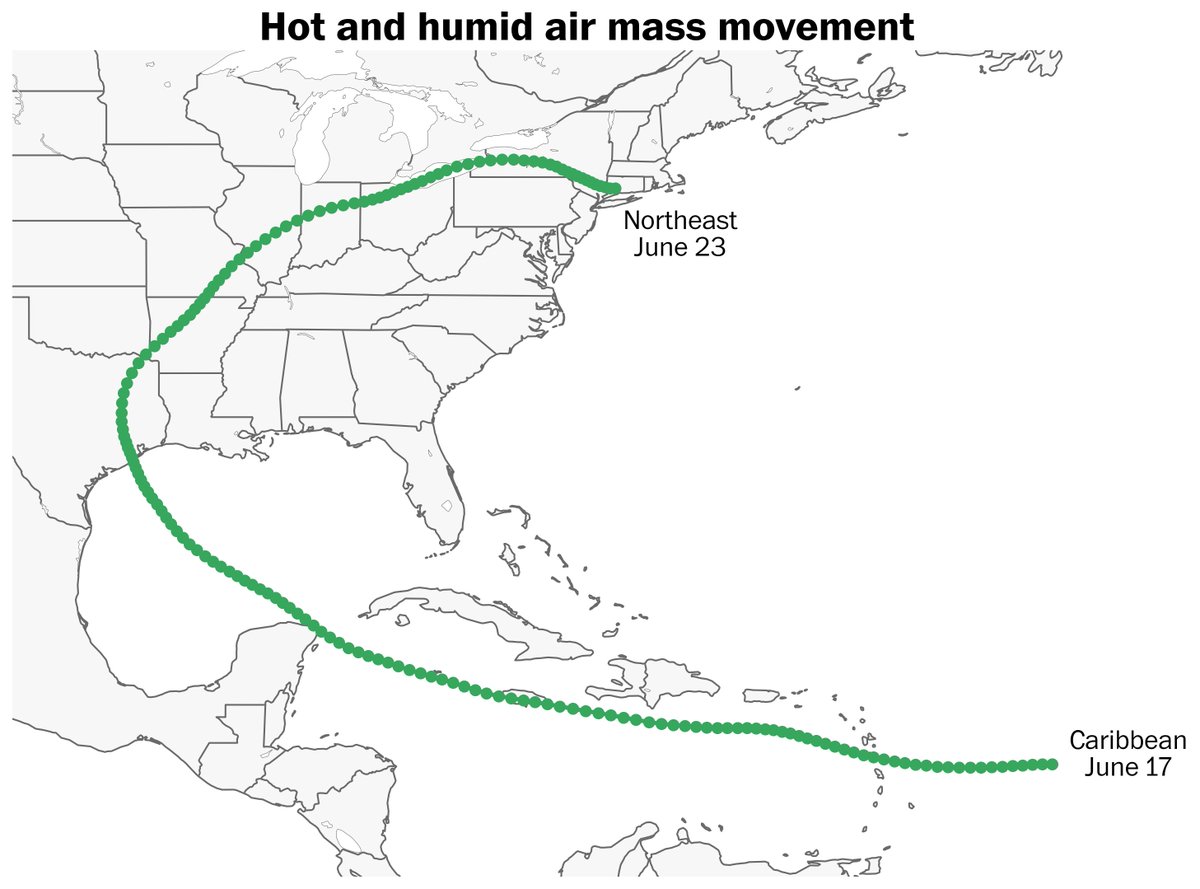

 It could reach or exceed 100 degrees for up to five days in a row in some eastern areas this week.
It could reach or exceed 100 degrees for up to five days in a row in some eastern areas this week.

 What feels humid to one person may not to another, so it’s important to recognize that the stickiness of the air is subjective.
What feels humid to one person may not to another, so it’s important to recognize that the stickiness of the air is subjective.

 Neutral conditions in the equatorial Pacific could adjust toward a La Niña-like direction later in 2025, in concert with a potential negative Indian Ocean Dipole.
Neutral conditions in the equatorial Pacific could adjust toward a La Niña-like direction later in 2025, in concert with a potential negative Indian Ocean Dipole.
 April featured impressive levels of warmth:
April featured impressive levels of warmth:
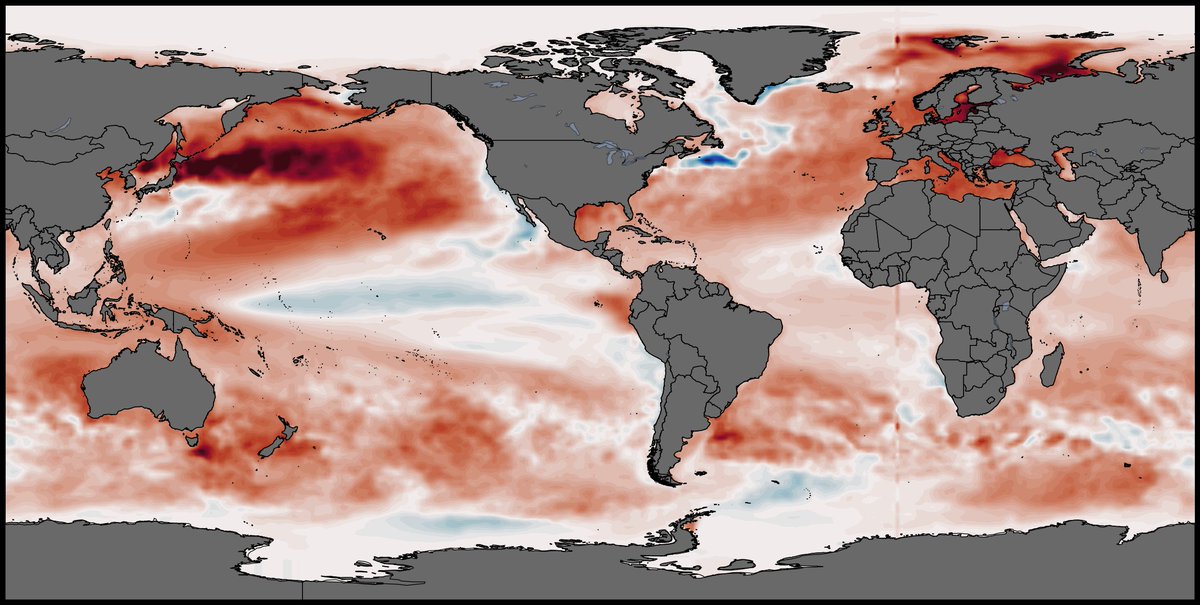
 The picture in the tropical Pacific, home to the oscillation that includes El Niño & La Niña, is complicated.
The picture in the tropical Pacific, home to the oscillation that includes El Niño & La Niña, is complicated.
 Slow-moving Alfred will generate big waves.
Slow-moving Alfred will generate big waves.

 The tropospheric polar vortex has been displaced to the south.
The tropospheric polar vortex has been displaced to the south.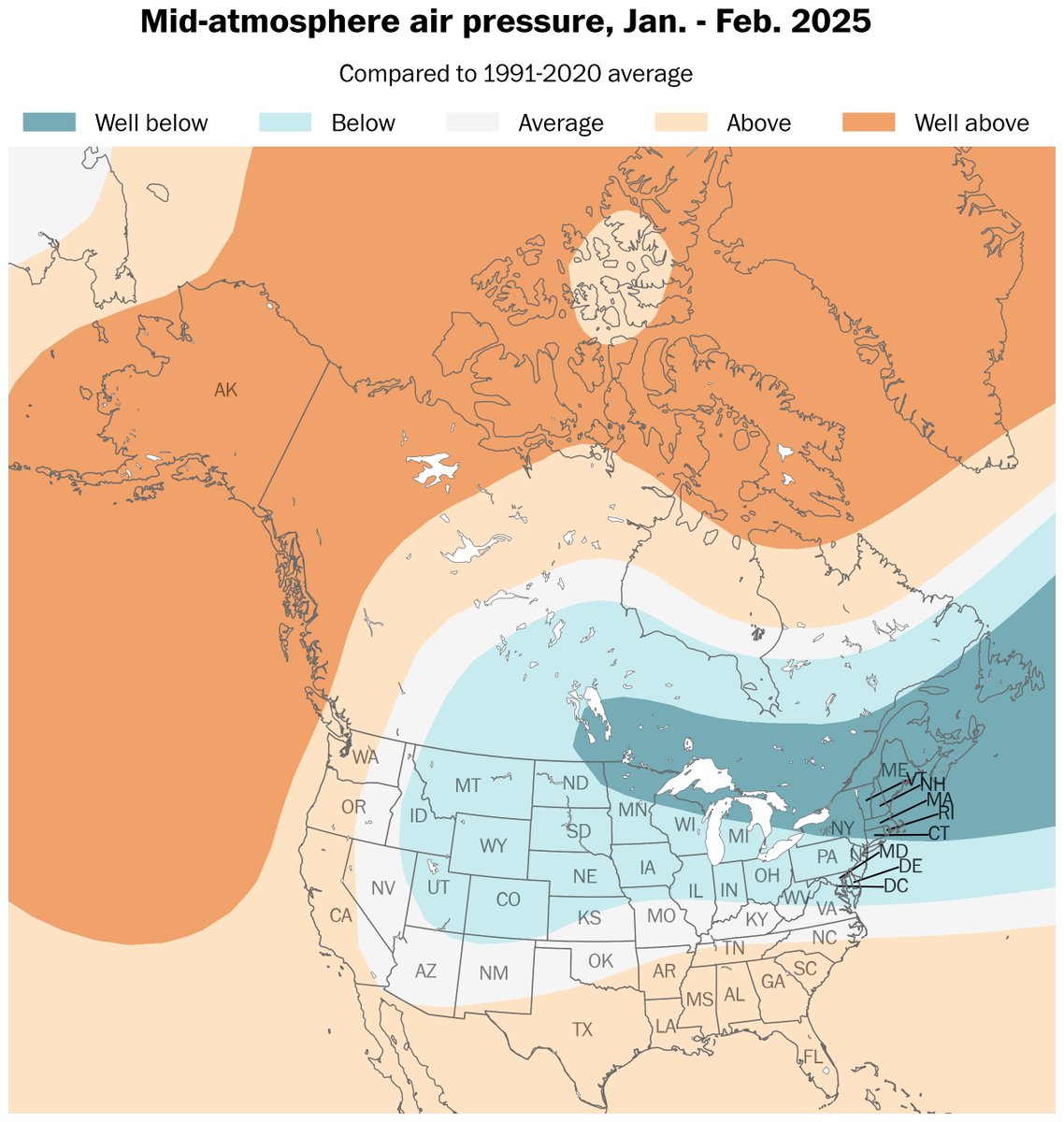

 Southern Patagonian Ice Field 🌨️
Southern Patagonian Ice Field 🌨️




 A La Niña-like pattern in the equatorial Pacific will help to shape global weather patterns in the months ahead.
A La Niña-like pattern in the equatorial Pacific will help to shape global weather patterns in the months ahead.

 Despite a La Niña-like pattern of cool seas in the equatorial Pacific, mild winter temperatures are forecast across large swaths of the Northern Hemisphere - and the planet 🌡️
Despite a La Niña-like pattern of cool seas in the equatorial Pacific, mild winter temperatures are forecast across large swaths of the Northern Hemisphere - and the planet 🌡️ 

 A La Niña-like pattern in the tropical Pacific is forecast to be a key climate driver for Northern Hemisphere winter.
A La Niña-like pattern in the tropical Pacific is forecast to be a key climate driver for Northern Hemisphere winter.

 The main global climate driver in the months ahead is a developing La Niña.
The main global climate driver in the months ahead is a developing La Niña.
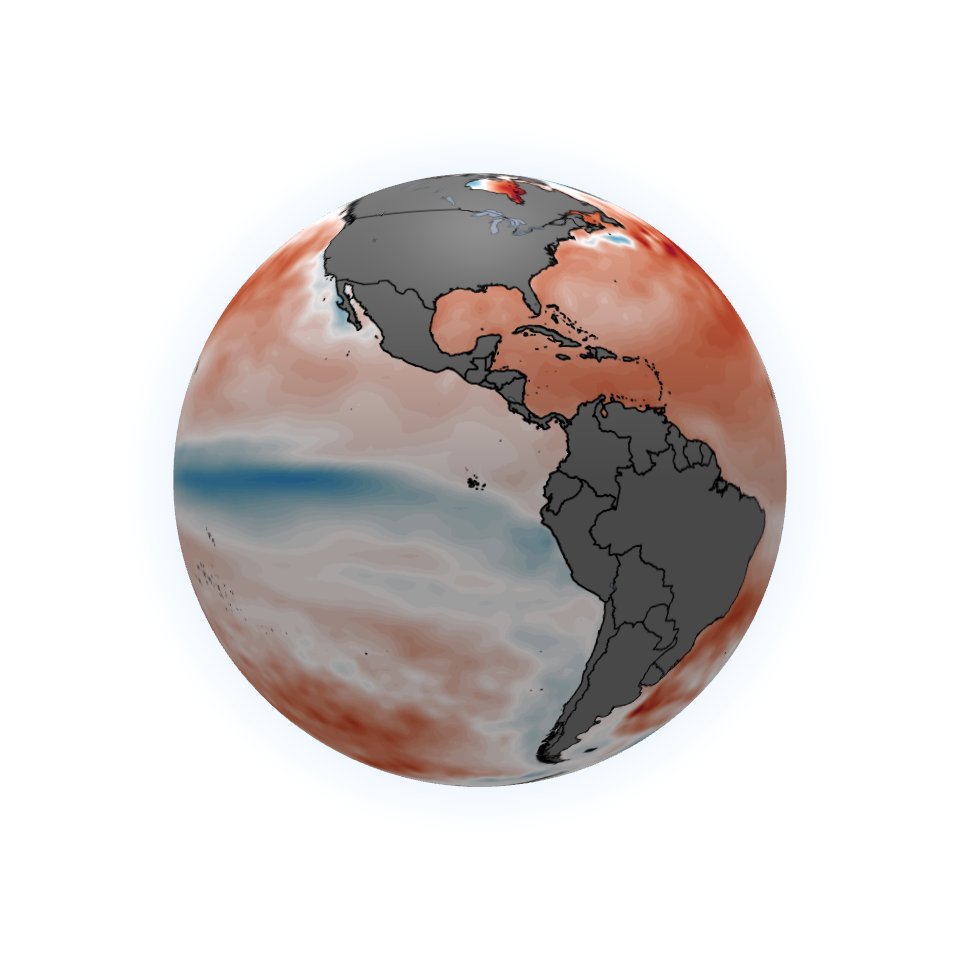
 The height of Atlantic hurricane season is expected to be busier than normal 🌀
The height of Atlantic hurricane season is expected to be busier than normal 🌀

